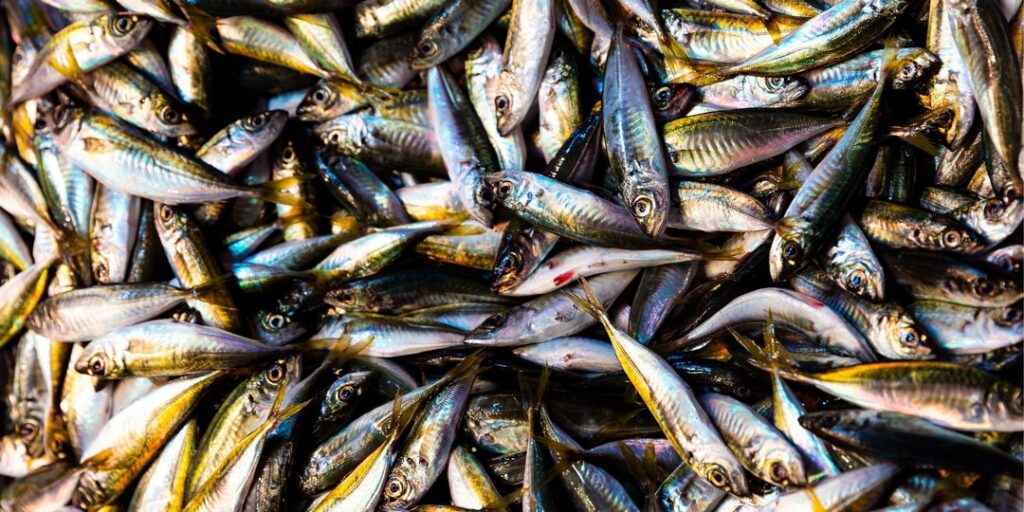Crete, the largest island in Greece, is renowned for its stunning landscapes, rich history, and vibrant culture. However, one of its most precious and often overlooked treasures lies beneath its surrounding azure waters: a diverse and thriving marine ecosystem. The local Cretan marine biodiversity is a testament to the island’s unique geographical location, varied habitats, and the relatively pristine condition of its marine environment. Exploring this underwater world reveals a fascinating array of species and ecological interactions, making it a vital area for both conservation and scientific study.
The Marine Environment of Crete
Crete is strategically situated at the crossroads of the Aegean and Libyan Seas, creating a diverse range of marine habitats. The island’s coastline, stretching over 1,000 kilometers, features a variety of environments including sandy beaches, rocky shores, seagrass meadows, and coral reefs. These diverse habitats provide shelter and food for a myriad of marine species, contributing to the rich biodiversity found in Cretan waters.
Key Marine Species and Habitats
Crete’s marine biodiversity encompasses a wide array of species, from tiny plankton to large marine mammals. Here are some of the key species and habitats that define this underwater world:
Seagrass Meadows
Seagrass meadows, particularly those formed by the Posidonia oceanica, are among the most important habitats in the Mediterranean Sea. These underwater meadows play a crucial role in maintaining marine biodiversity by providing nursery grounds for various fish species, stabilizing the seabed, and producing oxygen.
- Posidonia oceanica: This endemic seagrass species is often referred to as the “lungs of the Mediterranean” due to its significant role in oxygen production and carbon sequestration. It also supports a rich community of organisms, including seahorses, juvenile fish, and a variety of invertebrates.
Coral Reefs
While not as extensive as tropical coral reefs, the rocky reefs around Crete host a variety of coral species that contribute to the island’s marine diversity.
- Cladocora caespitosa: This stony coral species is found in the rocky reefs of Crete and provides habitat for numerous marine organisms. It forms dense colonies that offer shelter and feeding grounds for fish, crustaceans, and other invertebrates.
Fish Species
Crete’s waters are home to a rich diversity of fish species, many of which are commercially important and support local fisheries.
- Sparidae (Porgies and Sea Breams): This family of fish is abundant in Cretan waters, with species such as the gilthead sea bream (Sparus aurata) being particularly important for local fisheries and aquaculture.
- Serranidae (Groupers): Groupers are key predators in the marine ecosystem. The dusky grouper (Epinephelus marginatus) is a notable species found around Crete, known for its large size and ecological significance.
Marine Mammals
The waters around Crete are also frequented by several marine mammal species, including dolphins and seals.
- Common Dolphin (Delphinus delphis): This species is often seen in the waters around Crete, delighting both locals and visitors with its playful behavior.
- Mediterranean Monk Seal (Monachus monachus): One of the most endangered marine mammals in the world, the Mediterranean monk seal finds refuge in the secluded caves and rocky shores of Crete.
Conservation Efforts and Challenges
Despite the rich biodiversity, Crete’s marine environment faces several threats, including overfishing, habitat degradation, pollution, and climate change. These challenges necessitate concerted conservation efforts to protect and preserve this invaluable marine ecosystem.
Marine Protected Areas (MPAs)
Establishing Marine Protected Areas (MPAs) around Crete is crucial for the conservation of its marine biodiversity. MPAs help to safeguard critical habitats, allow fish populations to recover, and maintain the overall health of the marine ecosystem.
- Samaria National Park: This park includes marine areas that are protected to conserve the local biodiversity and promote sustainable tourism and fishing practices.
Sustainable Fishing Practices
Implementing sustainable fishing practices is vital to prevent overfishing and ensure the long-term health of fish populations.
- Regulations and Quotas: Enforcing fishing quotas and seasonal restrictions helps to maintain fish stocks at sustainable levels.
- Selective Fishing Gear: Using selective fishing gear that minimizes bycatch and reduces habitat damage is another important measure.
Pollution Control
Reducing pollution from land-based sources, such as agricultural runoff and plastic waste, is essential to protect marine life.
- Waste Management Programs: Implementing effective waste management programs and promoting recycling can significantly reduce the amount of plastic and other pollutants entering the sea.
Research and Education
Ongoing research and education are key components of marine conservation. Understanding the complexities of marine ecosystems and the impacts of human activities enables better management and conservation strategies.
- Marine Research Institutes: Institutions like the Hellenic Centre for Marine Research conduct vital research on Cretan marine biodiversity and the effects of environmental changes.
- Public Awareness Campaigns: Educating the local community and visitors about the importance of marine biodiversity and conservation helps foster a culture of stewardship and responsibility.
Conclusion
The marine biodiversity of Crete is a hidden jewel, reflecting the island’s ecological richness and natural beauty. From vibrant seagrass meadows and coral reefs to diverse fish species and majestic marine mammals, the underwater world of Crete is a vital component of the Mediterranean marine ecosystem. Protecting this biodiversity through conservation efforts, sustainable practices, and ongoing research is crucial to ensuring that these marine treasures continue to thrive for generations to come. As we explore and appreciate the wonders beneath the waves, we also bear the responsibility of preserving this unique and precious marine environment.


